Curiosities, grasshoppers are the animals that suck the most in the animal kingdom

To take advantage of an unlikely source of nutrition, insects small enough to sit on a pencil eraser have to suck harder than any known creature.
Philaenus grasshoppers pierce plants with their mouthparts to feed solely on xylem sap, a liquid composed mostly of water that moves through the internal pipes of plants. The substance is not only largely devoid of nutrients, but is also under negative pressures, similar to a vacuum. Sucking up the sap requires a suction power equivalent to that of a person drinking water from a 100 meter long straw.
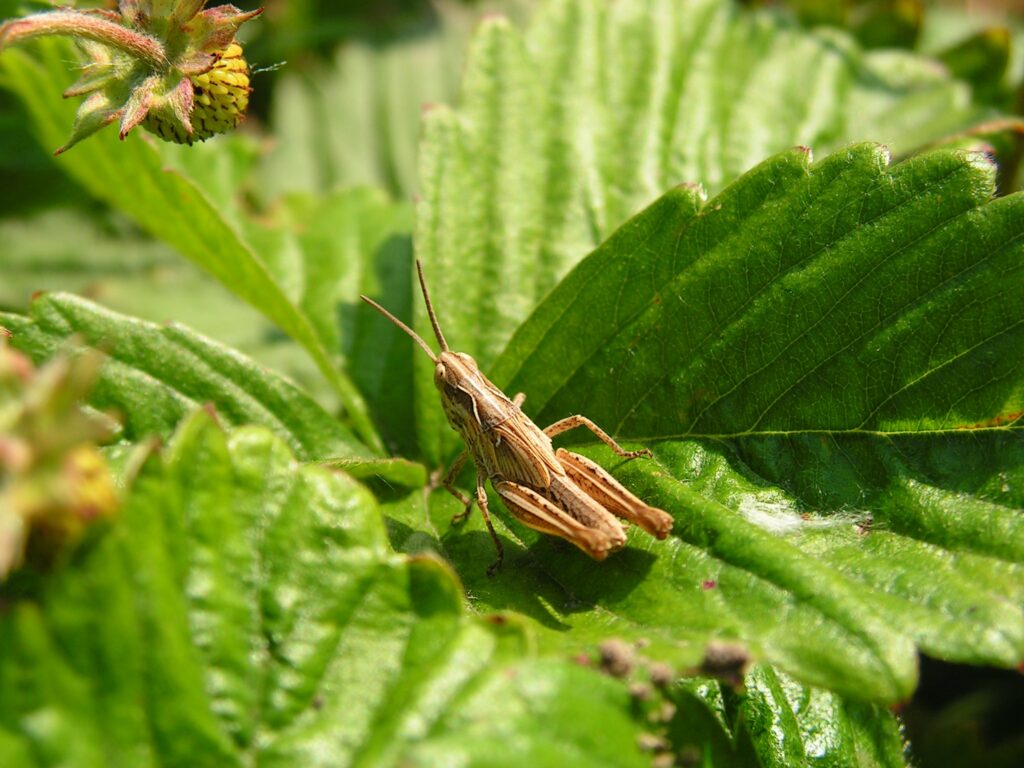
It seemed so unlikely for small insects that some scientists questioned whether the sap could really be under such negative pressures, but both biomechanical and metabolic evidence suggest that grasshoppers can produce negative pressures in excess of one megapascal, these insects are very well adapted to generate extreme negative pressures. Elephants, for example, only generate 0.02 megapascals of negative pressure when they suck large amounts of water through their trunks, negligible compared to grasshoppers.
Researchers sought to measure grasshopper sucking abilities through two approaches, one biomechanical and one metabolic. Grasshoppers produce suction power with a pump-like structure on their heads, where muscles pull on a membrane to generate negative pressure, similar to a piston. Using micro-CT scans of four insects, the researchers measured the length and force capacity of these structures, and then calculated the sucking potential of the insects using the simple physical formula of pressure equals force divided by area. The team found that grasshoppers can produce negative pressures of 1.06 to 1.57 megapascals.
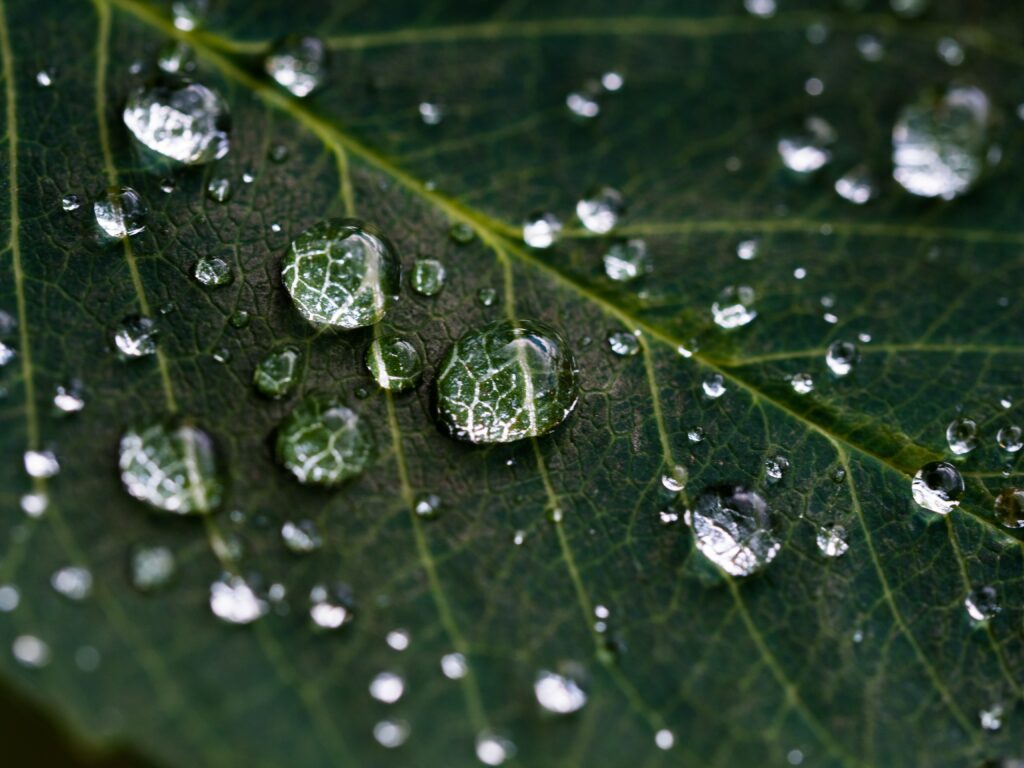
Once the grasshoppers started sucking, their metabolic rate shot up by 50 to 85 percent over resting rates, and the insects excreted more than when at rest, the researchers found. The effort is like running a marathon, they move a tremendous amount of liquid, if an insect were the size of a human, it would be urinating 4 liters of liquid per minute. Even though the xylem sap is mostly water, there are enough nutrients to power the katydid’s hulking abilities. They are getting a net energy gain.
Unbelievable! Don’t you think?

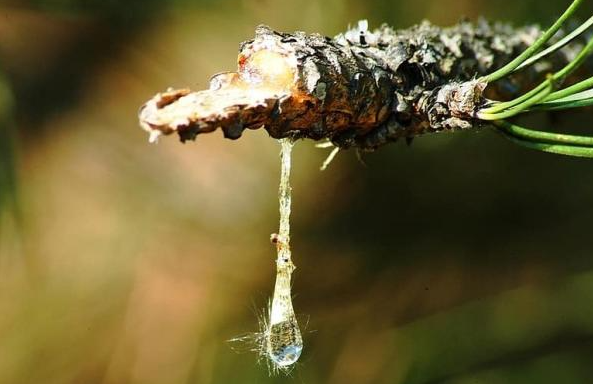

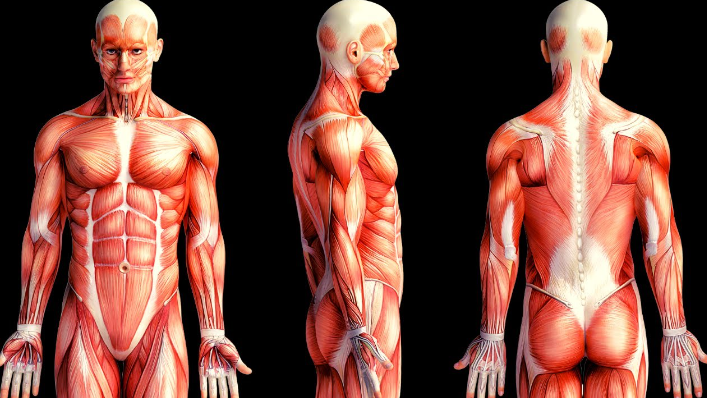
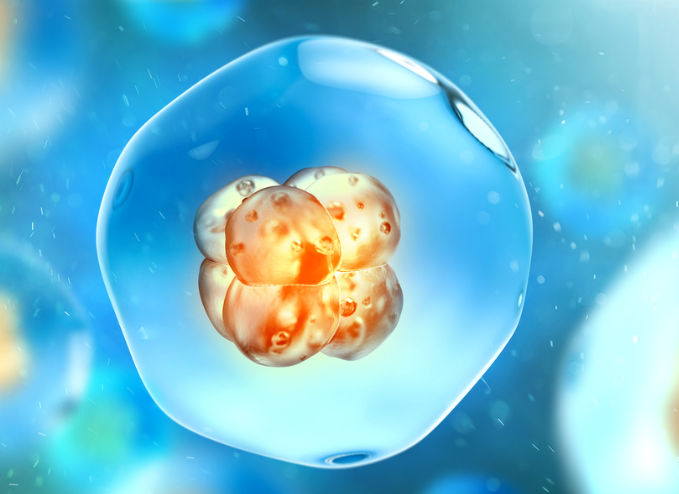
Responses